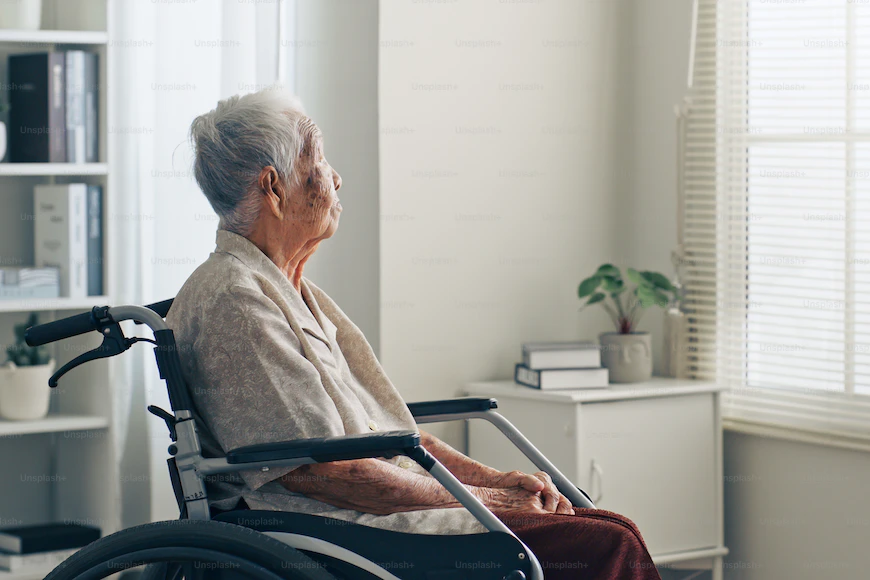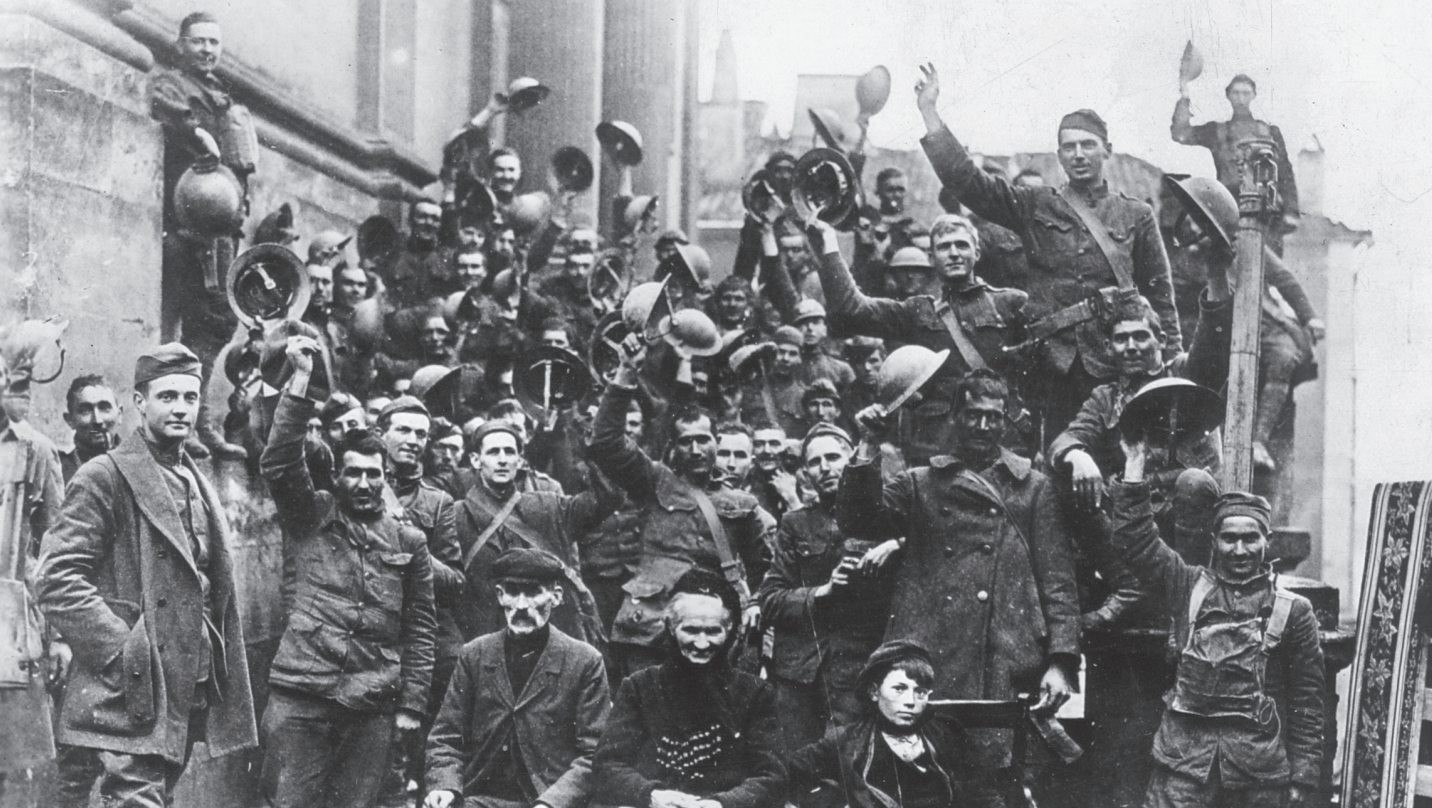

Senior services/retirement communities
Epworth Villa
Edmond, Okla.
Key Takeaways
The retirement community of Epworth Villa raised $6.5 million in less than two years. The campaign’s objective was to make the nonprofit’s dementia center environmentally therapeutic while retaining homelike features. Kinetic was retained to conduct a Pre-Campaign Study, and a $6-million goal was set.
A foundation grant built confidence and set the tone for the campaign. Even though the organization had never raised more than $1 million in the past, by the time the campaign was complete, the goal was increased to $6.5 million, and even that was exceeded.
Epworth Villa
At Epworth Villa, a non profit life care retirement community in Oklahoma City, a critical need for quality dementia care was coupled with a vision for what this care should be and augmented by a carefully developed plan. This combination produced a capital campaign that was successful beyond the agency’s wildest dreams.
Founded in 1990, Epworth Villa had almost no fundraising track record. It had a donor base of 186 donors, with only one gift of $25,000 and no foundation grants. Previous annual campaigns raised between $30,000 to $40,000 and there were no outside volunteers.
Yet, Epworth Villa raised $6.5 million in less than two years. This included gifts from 564 donors ranging from $1 million to $5, seven foundation gifts totaling almost $2 million and a volunteer structure that involved 70 volunteers.
How was this possible? Need combined with vision and careful planning created a formula for success.
A critical need for dementia care existed in Oklahoma City. When the project was first being conceived there were less than 500 beds dedicated to dementia care. Yet, there were over 20,000 people living with dementia in the area.
Epworth Villa staff and board judiciously studied this problem of dementia care. Former CEO/president Joe White visited 30 successful programs throughout the country. Then staff working with a consultant developed a concept and architectural drawings were begun.
The project that developed was both visionary and practical. It included a 48-bed dementia center, a 20- person adult day center and a community outreach program. The dementia center will be environmentally therapeutic while retaining homelike features. The community outreach component includes caregiver training and support and a research agreement with the University of Oklahoma College of Nursing and Oklahoma City University School of Nursing. The new care techniques developed through the university relationships will be disseminated directly to caregivers through the Epworth Villa community outreach.
A market study and financial feasibility study were conducted to determine if there was a market for dementia care and if Epworth Villa could financially support such an ambitious project. Once these results were in, the Epworth Villa Board gave the project a go-ahead.
Initial foundation contacts were made. As a result of these, The Samuel Roberts Noble Foundation issued a challenge grant. This challenge not only served as the lead gift but gave the campaign a legitimacy with the Epworth Villa residents, board and the Oklahoma City community.
Armed with this challenge and a deadline, Epworth Villa issued a request for proposals to eight fund raising consulting firms. Three were invited to Oklahoma City for interviews and Kinetic* was selected.
Kinetic’s first act as campaign consultant was to conduct a campaign feasibility study. The campaign feasibility study demonstrated support for the project, set the goal at $6 million (which was later revised to $6.5 million) and developed a viable campaign strategy.
One aspect of Kinetic’s strategy that proved to be most successful was the aggressive solicitation of bequests and planned gifts. In a retirement community where the average age is over 80, estate gifts can count their full value. The Epworth Villa campaign raised over $2 million in estate gifts.
After the board reviewed Kinetic’s feasibility study and plan of action, volunteer leadership was recruited. G.T. Blankenship, former Oklahoma Attorney General and current University of Oklahoma regent, immediately recognized the need for the project and willingly agreed to serve as campaign chair.
A story to demonstrate the impact of Blankenship’s dedication to the project occurred about halfway through the campaign. Epworth Villa senior staff and Blankenship had a Monday morning appointment with the trustees of the Mabee Foundation in Tulsa, Oklahoma, about two hours away from Oklahoma City. The day before Blankenship and the other university regents had spent most of the day in a highly publicized firing of the OU football coach. The Mabee Foundation trustees who were OU football fans were most impressed when Blankenship showed up for the appointment. This display of Blankenship’s dedication to the project helped garner a Mabee Foundation grant.
Many other volunteers were also inspired by the vision of the project. Luke Luker, an Epworth Villa resident, provided much needed resident leadership by serving as campaign vice chair. His belief in the project and his willingness to make a significant gift quieted resident skepticism and enabled him to recruit a working team.
Ausin Troxel, an Epworth Villa resident, was willing to serve as the major gifts chair because he wanted to build a better place for his wife who was living with Alzheimer’s disease. Troxel was so enthusiastic about his fund raising that he often joked no one would eat lunch with him anymore. The campaign was about five months old when Troxel’s wife suddenly died of pneumonia. Troxel, though, continued to be inspired by the vision of what quality care could do for those living with Alzheimer’s. As a result of this, Troxel helped raise $1 million.
It took less than two months to get the campaign committees staffed and meeting regularly. Then Kinetic challenged the campaign leadership to make the Mabee Foundation December deadline. In order to do this, the volunteers and staff would need to raise over $3 million in six months. This was a big challenge for an organization that had never raised $1 million.
Board and volunteers were doubtful that this challenge could be met. Kinetic continued to encourage and provide counsel and strategies for ways to meet his challenge. In spite of this, the campaign struggled.
Then, when things were looking the darkest and spirits were the lowest, a resident’s family stepped forward with a million dollar gift. The family had been discussing a gift with Franci Hart, Epworth Villa’s development officer, for some time. However, they had not indicated the magnitude of the gift until they made the announcement.
This gift proved to be the turning point of the campaign. Once this gift was announced the campaign volunteers and board realized that it would be possible to raise the rest of the money needed to meet the Mabee Foundation’s criteria. The Mabee Foundation stipulates that half of a campaign goal must be raised before approaching them. Three and one half million dollars were raised. The Mabee Foundation issued a challenge grant. This challenge grant led to positive responses from other foundations.
The need for dementia care, Epworth Villa’s vision to meet this need and Kinetic’s carefully developed campaign plan of action were the winning keys to this campaign. On December 21, 1999, less than two years after the campaign committees began meeting, the Epworth Villa capital campaign celebrated its successful conclusion with a surprise party for the Epworth Villa residents. The campaign total at that time was $6,636,000.
*This campaign took place prior to Hartsook becoming Kinetic in 2022.


